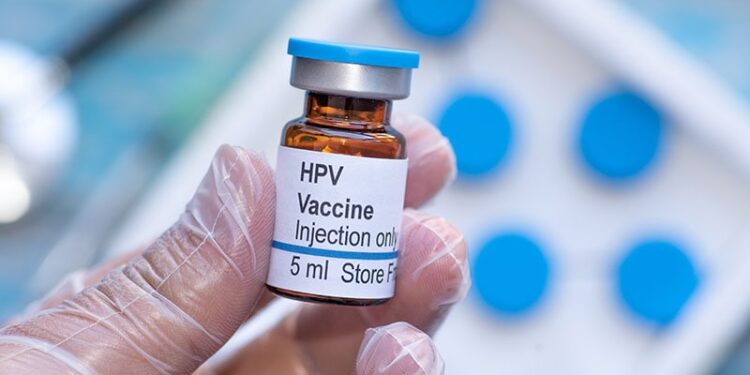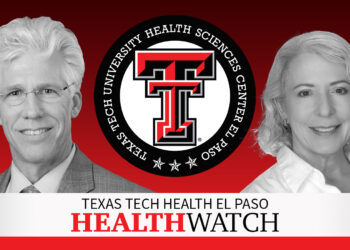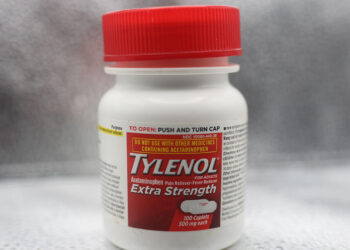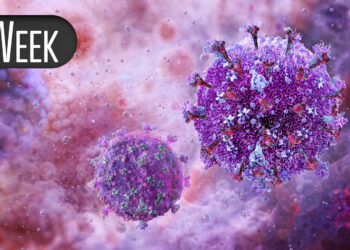TOPLINE:
A multilevel intervention combining parent reminder letters and healthcare professional audit/feedback reports increased human papillomavirus (HPV) vaccination rates among most children aged 11-12 years. However, it was less effective for children residing in areas of highest socioeconomic deprivation.
METHODOLOGY:
- Researchers conducted a secondary analysis of a cluster randomized trial to examine the impact of parent reminder/recall letters and healthcare professional audit/feedback reports on HPV vaccination.
- They enrolled 6232 children aged 11-12 years (52.7% boys) who received either usual care (n = 3572) or interventional care (n = 2660) from April 2018 to August 2022 at six centers in Minnesota.
- Children due for at least one HPV vaccine dose received care at one of six practices, which were stratified by patient volume and sequentially exposed to individual and combined intervention components over four trial steps.
- The outcomes measured were HPV vaccine initiation and completion. Additionally, the intervention’s impact was assessed on the basis of race/ethnicity, rurality, and area deprivation quantified using Area Deprivation Index (ADI) quartiles.
TAKEAWAY:
- Under usual care, HPV vaccine initiation and completion rates declined significantly with each increasing ADI quartile (Cochran-Armitage test for trend: initiation, -0.02; completion, -0.05; P < .001 for both); however, rates did not vary by race/ethnicity or rurality.
- Compared with usual care, the reminder/recall and audit/feedback of the multilevel intervention strategies increased HPV vaccine initiation rates from 9.2% to 24.0% for most children, except those belonging to the Black race, residing in rural settings, or living in areas of highest deprivation.
- Likewise, HPV vaccine completion improved with the multilevel intervention from 19.4% to 31.2% across most demographic groups, except among children living in areas of highest deprivation.
- Vaccine initiation was highest among Hispanic children (24%) and lowest among Black children (2.2%), whereas completion rates were highest in Asian children (31.2%) and lowest in Black children (19.4%). Gains in vaccine uptake were similar in urban and rural settings but were greatest in the least deprived areas and smallest in the most deprived areas.
IN PRACTICE:
“Our findings underscore the importance of addressing place-based variations in HPV vaccination and the need for research to specifically identify barriers faced by patients and healthcare professionals in the most deprived areas,” the authors wrote.
SOURCE:
This study was led by Wei Yi Kong, PhD, Mayo Clinic, Rochester, Minnesota. It was published online on July 7, 2025, in JAMA Network Open.
LIMITATIONS:
This study was a secondary analysis of a trial conducted in only six primary care clinics serving children in urban settings, limiting generalizability. Patients who relocated during the trial period were classified as unvaccinated, potentially resulting in artificially lower vaccination rates. Additionally, psychosocial factors varying across clinics and COVID-19-related vaccine hesitancy may have influenced HPV vaccination rates and intervention effectiveness.
DISCLOSURES:
This study received partial funding from the National Cancer Institute. Several authors reported receiving grants and financial support from various pharmaceutical companies. One author reported owning inherited stocks from 3M, Abbott Laboratories, AbbVie Inc, Adobe Inc, Baxter, Becton Dickinson & Co, Eli Lilly & Company, Embecta, Johnson & Johnson, Medtronic Plc, Solventum Corp, Takeda Pharma Co, Zimmer Biomet Holdings, and Zimvie Inc.
This article was created using several editorial tools, including AI, as part of the process. Human editors reviewed this content before publication.
Source link : https://www.medscape.com/viewarticle/parent-reminders-and-feedback-improve-hpv-vaccination-rates-2025a1000lu8?src=rss
Author :
Publish date : 2025-08-19 07:08:00
Copyright for syndicated content belongs to the linked Source.














